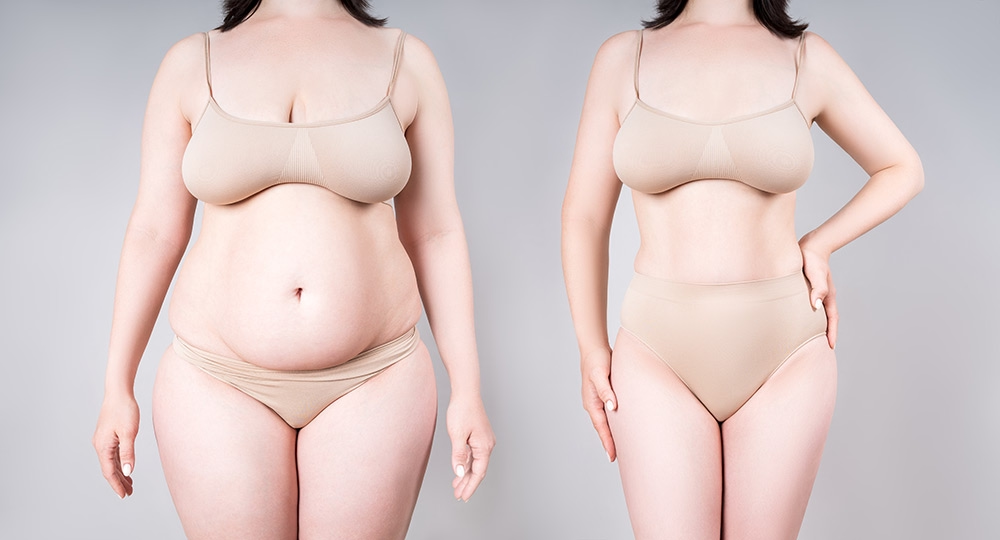
Depending on how much fat gets removed through liposuction surgery and the condition of your skin, you might feel more self-conscious after the procedure than you were before. As a patient in this field of cosmetic and plastic surgery, the removal of excess fat deposits from areas such as the abdomen, thighs, neck, and arms might result in sagging skin and even cellulite, affecting both men and women, which makes skin care a priority for the majority. This range of outcomes, including breast reduction, may impact a person’s satisfaction with the treatment and influence the popularity of additional procedures such as breast augmentation (implants), breast lift, body contouring, and even injections. Throughout the entire process, from pre-surgery navigation to post-surgery recovery, many people have questions about their experience. Posts and articles on skincare and possible outcomes are common on platforms such as Instagram, in light of events attended by patients and professionals alike, where information about the latest tools and safety measures is shared.
If you’ve got a bulge or two of unwanted fat, liposuction can help remove it, giving you the beautiful shape and contour you want. However, there’s just one potential drawback to this procedure: While it will quickly get rid of unwanted fat pockets, excessive removal of fat cells may cause loose and saggy skin. This is why a lot of people are concerned about skin elasticity after liposuction. Today’s news, however, offers hope for those seeking firm, toned skin after their liposuction procedure with the development of cutting-edge technology like BodyTite and Renuvion. These innovative solutions employ a combination of laser and radiofrequency technology to promote skin tightening while ensuring a more pleasant experience and faster recovery. Cells in the treatment area are stimulated, helping to improve the overall appearance and texture of the skin without causing damage. Depending on how much fat gets removed and the condition of your skin, you might feel more self-conscious after liposuction than you were before. Consulting with a team of experienced professionals, who are informed of all the latest advancements in the field like RF technology, can help address your concerns and guide you to the best results possible.
Here’s what you can do to minimize or prevent sagging skin after liposuction.
Have Just a Small Amount of Fat Removed
Picture a balloon. When it’s full of air, the outsides of it are smooth. If you remove just a bit of the air, the outside becomes a bit less smooth but not overly saggy or loose. But if you were to more fully deflate the balloon using a needle or a thread, you’d end up with a floppy shell.
The same is true when you remove fat. If you remove only a small amount of fat, the skin doesn’t have so far to go when it starts bouncing back. Take out more fat, and the skin is likely to appear much looser and have more trouble recovering.
Of course, removing just a small amount of fat during liposuction isn’t always the right option. If you want more dramatic fat reduction results and are concerned about skin laxity, you have a few more options.
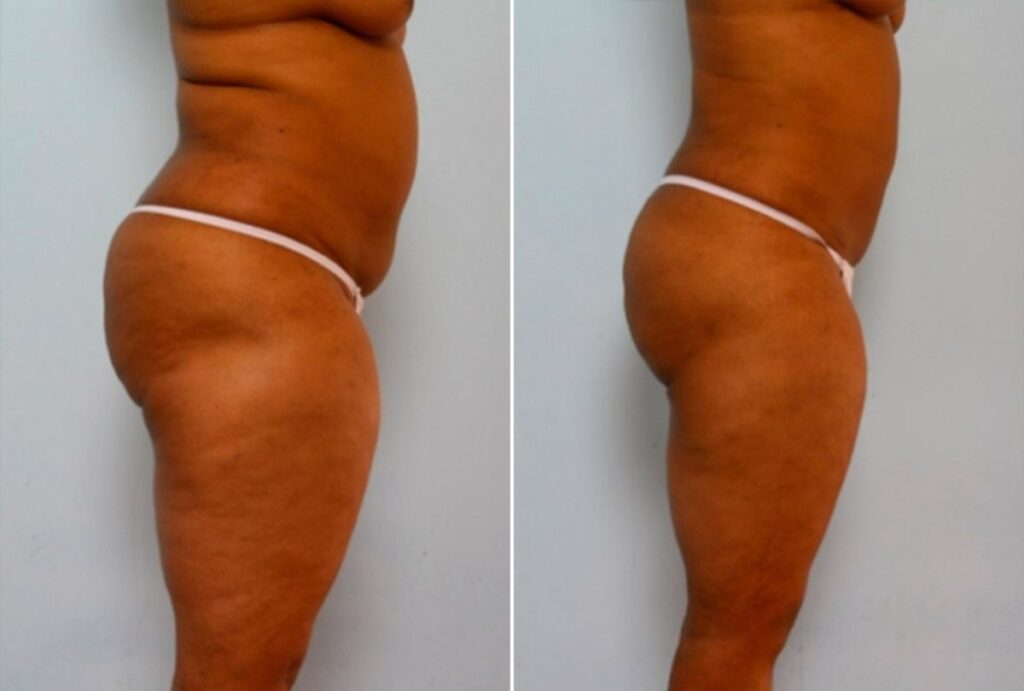
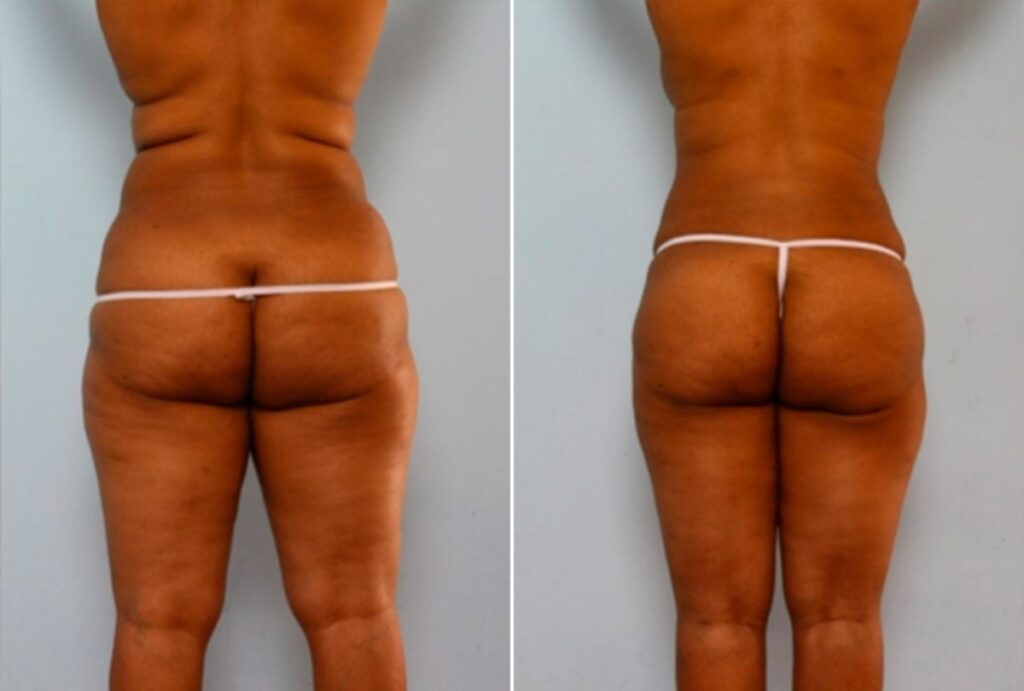
Wear a Compression Garment
After liposuction, your surgeon will likely recommend that you wear a compression garment around the treated area. Compression garments might not look great, but they have an important role to play. Mainly, they help to reduce swelling in the area, and they help to improve the final contour and appearance of the treated area. Wearing your compression garment as recommended can help you avoid sagging skin after liposuction.
Consider Non-Surgical Skin Tightening
In some cases, compression alone isn’t enough to prevent sagging. If you have mild looseness or sagging after liposuction, non-surgical skin tightening using ultrasound might be the best option for you. Treatments such as Ultherapy use the energy produced by ultrasound to increase the production of collagen beneath the skin, allowing for a more sculpted and youthful appearance. As a result, the skin becomes firmer and smoother over the course of several months. This approach harnesses advanced technologies to target specific tissue volumes, lifting areas such as the chin, face, hips, and even the buttocks, helping to banish those pesky “love handles” and reshape the waist. Smartlipo and other liposuction techniques are of great interest to many patients seeking improved results in their upper arms, cheeks, and other body areas. Fillers can also offer some benefits for patients with mild sagging skin and can address the problem of loose skin to some extent. However, it’s crucial to gather information and understand the difference between methods, as nothing can replace the expertise of a skilled surgeon and the right machine for the procedure. Taking care of your skin and consulting a doctor can greatly assist in making the right decision.
Keep in mind that non-surgical skin tightening is only effective for mild sagging and laxity. If you find yourself with severe sagging after liposuction, you might need something a little more invasive. In such cases, there might be a chance that traditional liposuction techniques may not provide the desired outcome. It’s essential to trust Dr. Vitenas to perform the necessary tests and choose the best treatment for you.
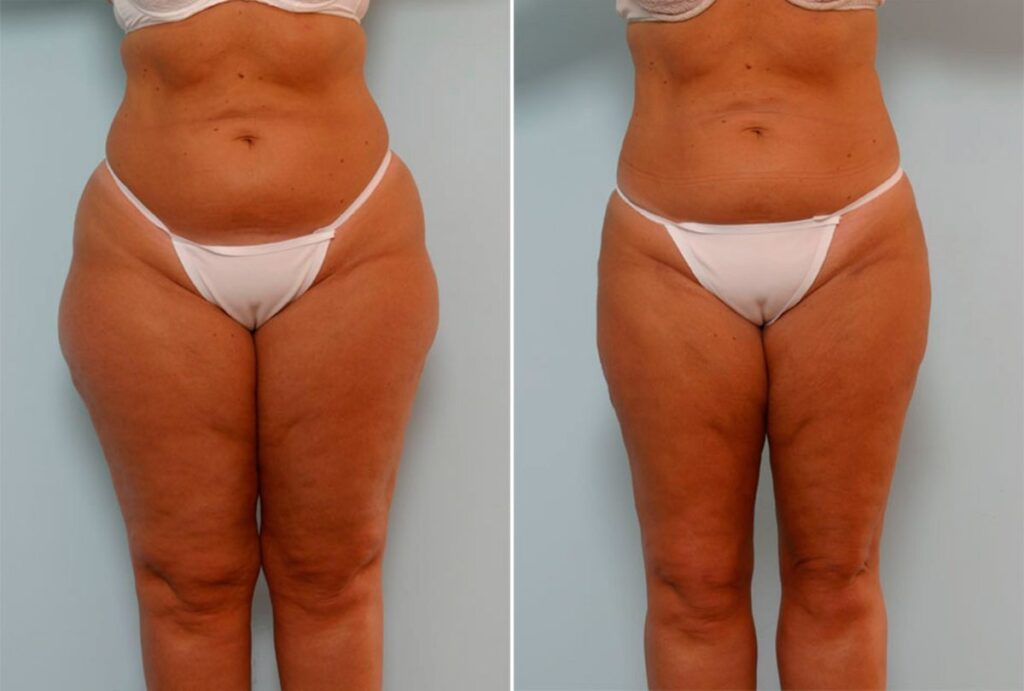
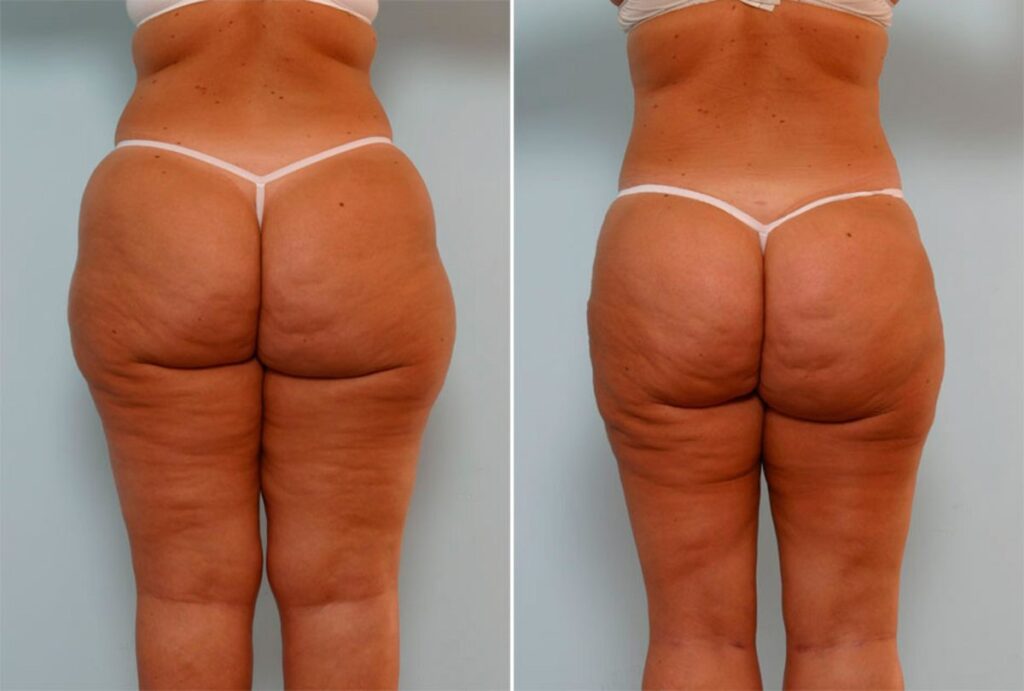
Schedule a Lift Surgery
Certain surgeries, such as a tummy tuck or body lift, are designed specifically to deal with loose and sagging skin. Often recommended to patients who have had dramatic weight loss or who have experienced major changes to their bodies after pregnancy, these procedures focus on smoothing an area by removing extra skin and tightening certain underlying muscles. Highly skilled surgeons can guide you through the process of combining liposuction and other treatments in a way that gives the best results. Navigating through your options becomes easier with the aid of an experienced professional at a reputable clinic.
If you and your surgeon suspect that loose, sagging skin will be an issue after liposuction, the best thing to do might be to schedule lipo and lift surgery together. Doing so will not only save time but will also make the procedure more budget-friendly by combining any available specials and promotions.
Improve Your Skin’s Elasticity
If you’re concerned about loose, sagging skin after liposuction, you should try to improve the health and elasticity of your skin before you have the surgery. While skin naturally becomes laxer with age as collagen and elastin production decline, there are things you can do to help it ‘snap’ back more easily, such as engaging in various activities to promote skin health.
Drink plenty of water on a regular basis. Hydrated skin tends to be more elastic and springs back more easily than parched skin.
Exercise can also help. Building muscle and strength can help to kickstart your body’s declining collagen and elastin production so your skin becomes firmer and more supple.
Your diet can also play a role when it comes to how well your skin ‘bounces back’ after liposuction. If you’ve already changed your diet to help you lose weight before liposuction, keep up the good work after the surgery. A diet that’s full of fiber, lean protein, and plenty of vitamins and minerals will help to keep your skin supple and healthy for longer.
Remember, everyone’s skin is different. Just because someone you know had trouble with sagging skin after liposuction doesn’t mean you will as well. A board-certified plastic surgeon, such as Houston’s Dr. Paul Vitenas, can help you understand what to expect from the surgery and how to prepare for the best results possible. To learn more about it and discuss the various liposuction techniques and methods, call 281-484-0088 to schedule a consultation with the knowledgeable team at their facility today.
